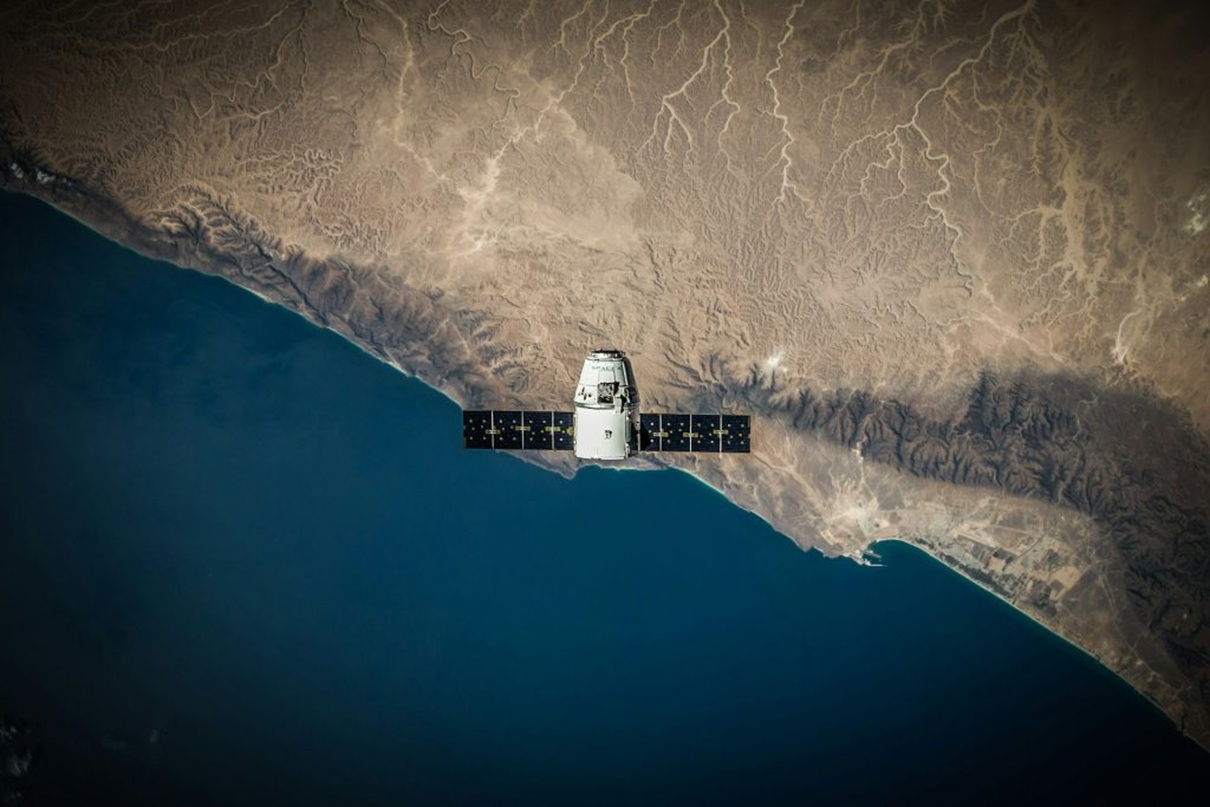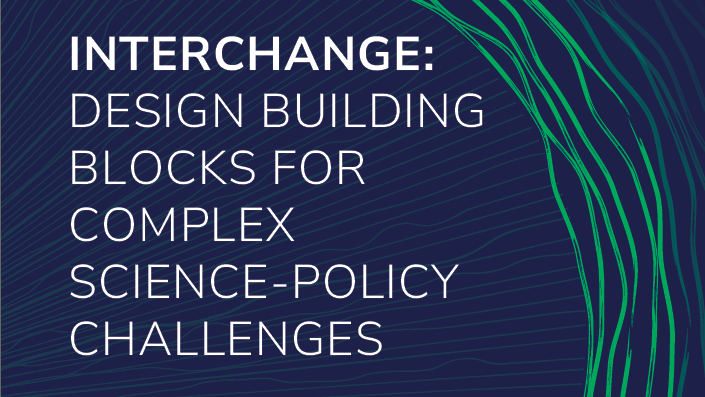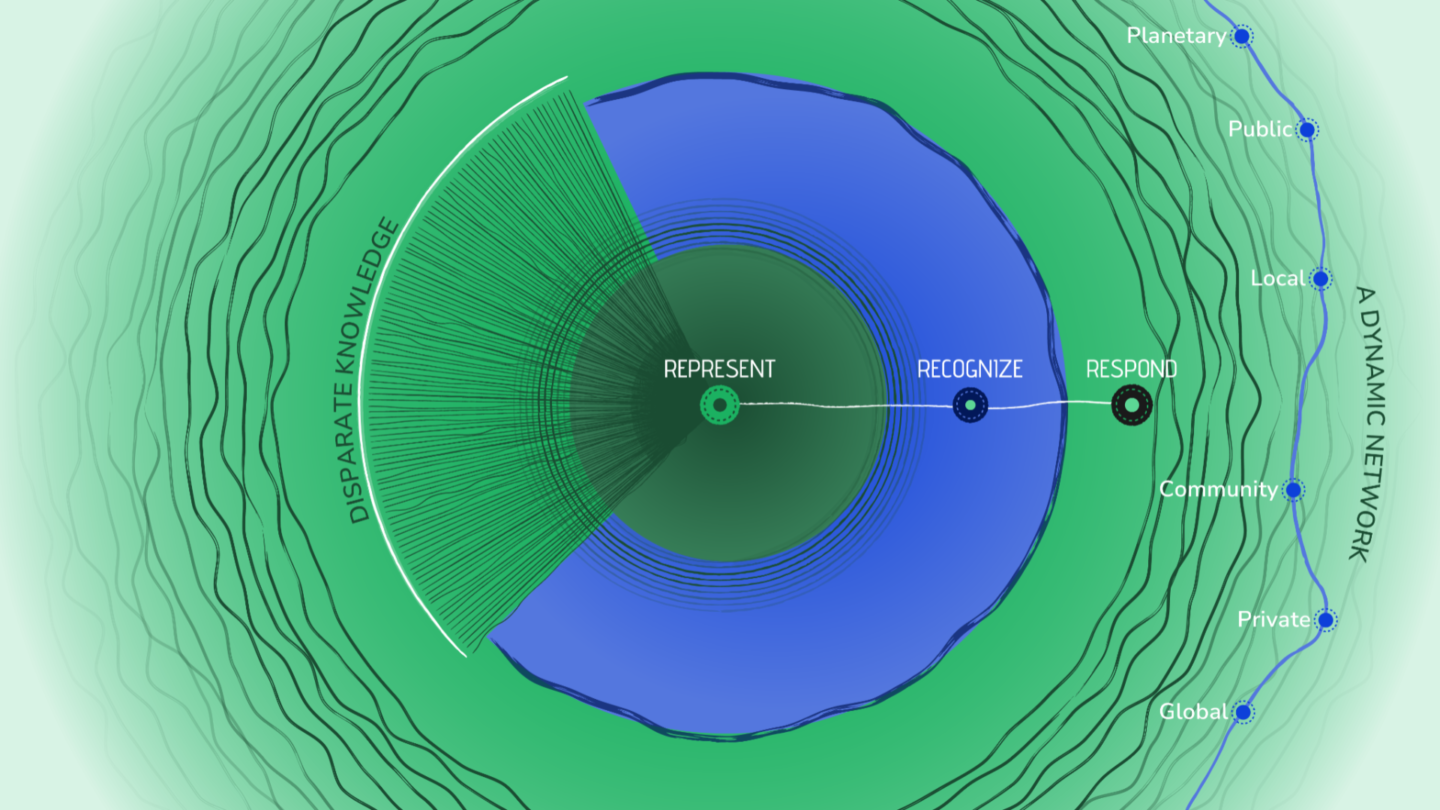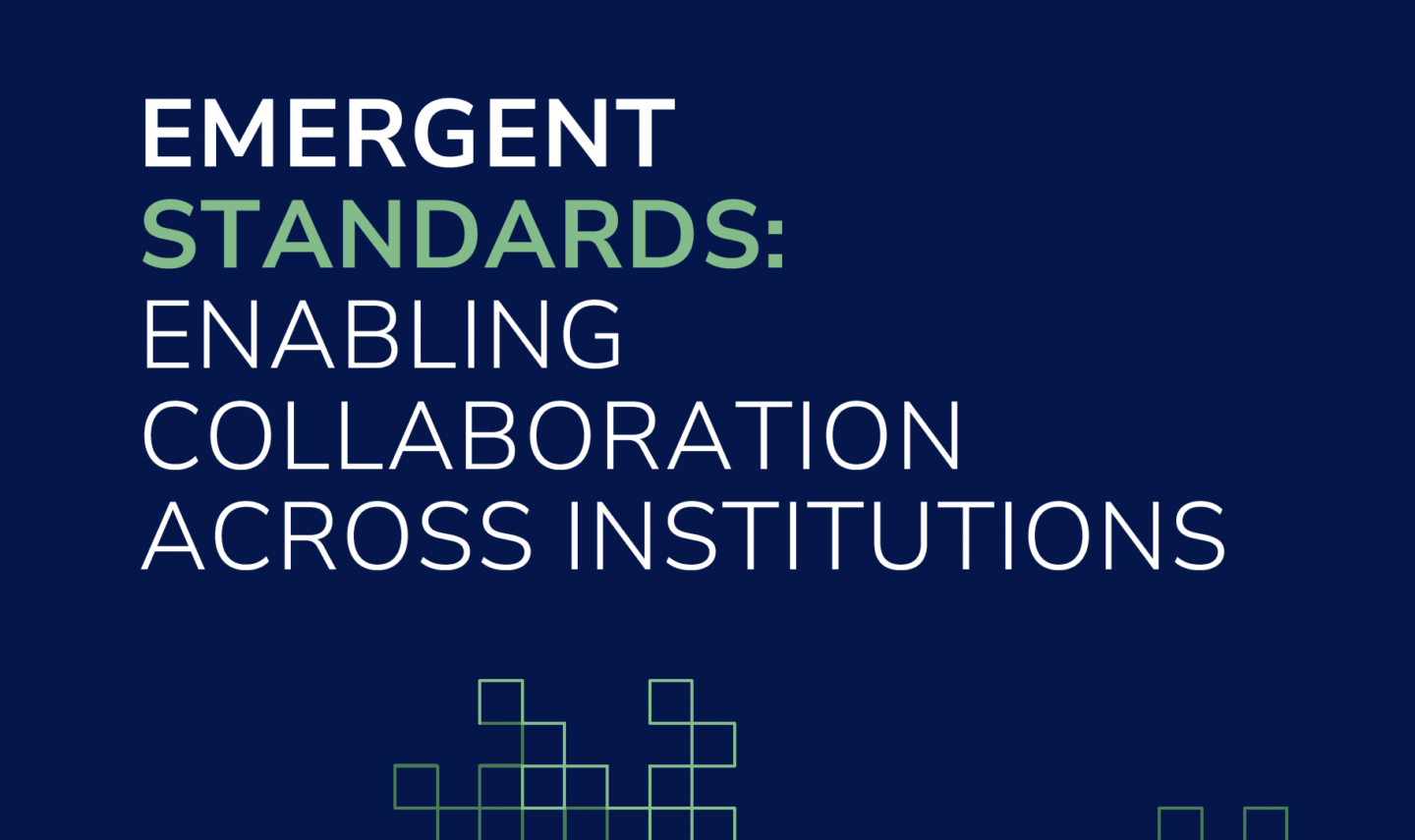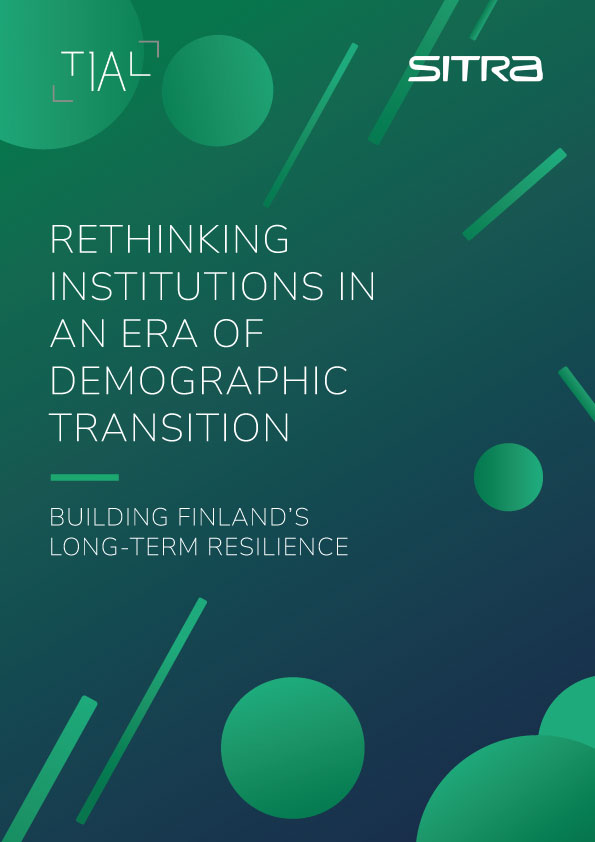The satellite surprise
When Rwanda announced the formation of its national space agency in 2020, the news was met with skepticism. How could a small, landlocked African nation with pressing development challenges justify the seemingly extravagant pursuit of space technology? Yet behind this bold move lay a calculated strategic vision. Rwanda wasn’t simply pursuing prestige—it was reimagining how emerging economies could leverage space technology as a catalyst for development.
Space technology as development infrastructure
Rwanda’s challenges in the early 2020s were substantial. Despite impressive economic growth since the 1994 genocide, the country still faced significant obstacles with a majority of its population depending on agriculture vulnerable to climate change, limited rural connectivity, and natural disasters like landslides and floods threatening vulnerable communities.
Traditional development approaches suggested focusing exclusively on basic infrastructure and other immediate needs. But Rwanda’s leadership recognized that digital technologies, including space-based systems, offered opportunities to leapfrog conventional development pathways.
The country had already demonstrated remarkable success with its technology-forward strategy – achieving comprehensive 4G coverage, pioneering drone delivery of medical supplies to remote areas, and establishing itself as a growing digital services hub. Space capabilities represented the next frontier in this digital transformation journey.
Rather than viewing space technology as a luxury, Rwanda positioned it as essential infrastructure for the 21st century—a foundation for precision agriculture, environmental monitoring, connectivity, and disaster resilience.
Building an agency from scratch
The Rwanda Space Agency was approved by the Rwandan government in May 2020, became operational in July 2020, and was ratified by the Chamber of Deputies in March 2021. The agency reports directly to the President of the Republic and was tasked with coordinating activities in the space sector and advising the government on space policy.
Establishing a space agency in a country with limited aerospace expertise presented enormous challenges. Rwanda lacked a domestic satellite industry, advanced technical education programs, and the financial resources typically associated with space endeavors.
The RSA took an unconventional approach. Instead of replicating the large, vertically integrated space agencies of established powers, it created a lean, partnership-focused institution aligned closely with Rwanda’s Vision 2050 and National Transformation Strategy (NST1).
This lean structure enabled agility but required innovative approaches to overcome capacity limitations. The RSA developed three key strategies:
- International partnerships for technology transfer and capacity building. The RSA has partnered with global organizations like the European Space Agency (ESA) and established cooperation agreements with partners such as GIZ, Japan, and China, as well as renowned companies like OneWeb and SpaceX. These partnerships provide Rwanda with access to advanced technologies, opportunities for joint missions, and facilitate knowledge exchange.
- Public-private partnership models that leverage private sector expertise and investment. Rather than attempting to build all capabilities in-house, the RSA focused on creating frameworks for collaboration. Tapping into recent global investor appetite in the space sector, Rwanda aims to become the gateway for space commerce on the African continent.
Relentless focus on practical applications rather than prestige projects. Every initiative demonstrates clear benefits for Rwandan development priorities—from agricultural productivity to disaster management and environmental protection.
From vision to tangible results
Rwanda’s space journey began even before the formal establishment of the RSA. In November 2019, Rwanda launched its first satellite, RwaSat-1, which provides valuable data to the Ministry of Agriculture for use in soil moisture analysis, land use surveys, and crop yield estimates.
The RSA has also demonstrated its practical value during disaster response. When the Nyiragongo Volcano erupted in May 2021, the agency used space technology to monitor the volcano’s activity and lava movement. Through these monitoring efforts, decision-makers avoided evacuating the entire town of Rubavu. Similarly, during heavy rains in May 2023 that claimed more than 130 lives in Rwanda’s Western region, the RSA provided support using satellite imagery, machine learning, and real-time monitoring to assess damages, identify safe evacuation locations, and coordinate relief efforts.
Building infrastructure for sustainable space technology
To boost the sustainability and impact of space technologies, the RSA is developing key infrastructure projects:
- National Geospatial Hub (GeoHub): A centralized geospatial data center providing real-time soil analysis to support agriculture, urban planning, natural resource management, mining, and disaster response.
- Smart Agriculture Solution: An AI-powered platform offering crop classification, yield prediction, farmland mapping, and disease detection through satellite data.
- Teleport and Satellite Ground Station: world-class satellite ground station in Mwulire-Rwamagana to enhance broadband, voice communication, and satellite imagery services across Africa.
Capacity Development: RSA fosters STEM education through programs like the partnership with Star Vision Aerospace, where Rwandan students developed AI algorithms for the WJ-1A satellite, and the Rwanda Space Week Conference.
A new model for space development in the global context
Rwanda’s experience offers valuable lessons about institutional innovation more broadly. It demonstrates how purpose-built institutions with clear mandates, flexible structures, and strong partnerships can address complex challenges even with limited resources, showing an innovative institutional approach specifically designed for emerging economies within a rapidly growing global industry. Data shows that the global space economy is forecast to reach $1.8 trillion by 2035, up from $630 billion in 2023. However, as of 2024 Africa accounts for just $22.6 billion.
Unlike traditional space powers that built capabilities over decades with massive government funding, Rwanda has created a lean, partnership-focused model that leverages existing technologies while building domestic capacity. Instead of prestige projects, it emphasizes practical applications with immediate development benefits.
This approach suggests a new pathway for developing nations to access space benefits without waiting to develop comprehensive aerospace industries or commit enormous resources. By focusing on applications rather than technologies, partnerships rather than self-sufficiency, and development impact rather than prestige, Rwanda has created an institutional model that may prove more sustainable and impactful for emerging economies.
Rwanda’s space agency exemplifies how reframing a challenge can unlock entirely new pathways for institutional innovation. By demystifying space technology and focusing on practical applications that support socio-economic development, the RSA has positioned Rwanda as an emerging leader in Africa’s space sector while providing a replicable model for other developing nations. This shift in perspective allowed the country to bypass traditional, capital-intensive models and build a lean, partnership-driven institution that delivers tangible benefits, from precision agriculture to disaster resilience. It’s a reminder that institutional innovation is not just about new structures but about new ways of seeing—where emerging economies can lead by redefining what is possible, shaping governance around bold yet pragmatic visions for the future.
At UNDP Istanbul Innovation Days
How can emerging economies design innovative institutions to leverage advanced technologies for development? What can we learn from Rwanda’s experience in creating a space agency focused on practical applications and development impact?
At IID, we invited participants through plenaries, discussions, and workshops to explore how institutional innovation can help countries access the benefits of emerging technologies without massive resource commitments. As Rwanda’s Space Agency demonstrates, purposeful institutional design can enable even resource-constrained nations to harness sophisticated technologies for development—creating new pathways to leapfrog traditional development stages while addressing pressing social and economic challenges.
This case was researched as part of Istanbul Innovation Days 2025, the UNDP’s flagship event on public innovation, and first shared on the event’s official website. We are thankful to our colleagues at UNDP and Demos Helsinki whose contributions were essential for this case story to be told.
Photo Credit: SpaceX
White Paper #004: Interchange: Design building blocks for complex science-policy challenges
Project update: Building institutional architecture for governing climate tipping points
TIAL’s “Tipping Element Interchange” project focuses on developing new institutional architectures capable of recognising and…
Reimagining public institutions: reflections from Istanbul, Berlin, and Brasília
TIAL’s purpose is to highlight the role of institutions, and their underlying architecture, in creating…

